Like human babies, birds are very oral creatures. Parrots—also called hookbills—use their beaks to manipulate objects and chew and crack open hard foods like nuts and seeds. They also use their beaks as appendages to help them climb onto surfaces.
When climbing, birds often reach out with their beaks first, grasp the surface they are climbing onto, and then pull their bodies toward their beaks before standing up on the new surface. Many people don’t understand this normal behavior and misinterpret it as a bird’s attempt to bite.
Birds Do Not Naturally Bite:

Contrary to most people’s beliefs, pets do not innately bite. Birds do not bite because they are inherently “mean” or “aggressive,” as many people think. Most pets start biting when they are taught to fear human hands. Baby birds who have not yet learned to be afraid of human hands can be touched all over without attempting to bite. While many adult birds will nip at fingers when a human hand reaches out to touch its head or feet, a baby bird typically will not.
How to Discourage Your Bird from Biting:

Birds are great at sensing human emotions and can tell when a human is afraid of them. To discourage your bird from biting when trying to get it to step up onto your hand, you must present your hand confidently, firmly in front of and just below the bird’s belly, where its body meets its legs. You should say, “Step up,” in a clear voice, using the same tone and volume each time you ask. You must hold your hand steady and not waiver, even if the bird reaches down first with its beak to pull itself up onto your hand. Holding steady is key; you wouldn’t want to step onto a platform if it moved back and forth, so why should your bird? If the bird does grasp your hand firmly with its beak as it steps up, you must not pull away from it or yell, as this teaches your bird to be afraid of your moving hand—and of you as you scream.
All it takes is one episode for a bird reaching out to step onto a hand that is pulled away, causing the bird to fall, or one time for a bird using its beak to pull itself onto a hand and be startled by a scream to teach the bird to fear the hand the next time. If you are not comfortable presenting your hand to a bird to step up, you can try using a perch or other stick rather than your hand the bird to step up, but the perch also must be presented in a firm, unwavering manner or the bird will learn to fear the perch.
To Prevent Biting: It’s All in the Body Language:

Like people, birds have moods and opinions and should be allowed to express their choices. Since most birds cannot speak words to communicate, understanding their body language is key to communicating with them and predicting when they might bite.
When birds do not feel like moving from their perch onto a hand or another perch, they will often lean forward, puff out their feathers, dilate their pupils, and open their beaks slightly. These are all signs that the bird doesn’t want to step up at that moment. If you see your bird acting this way, it’s best to back off and not force it to step up at that time. Give the bird a break for a few minutes and try again.
Sometimes, allowing your bird to control when to step up, rather than persistently trying to make it step up, makes the whole process smoother.
Finally, while some pet recognize their owners’ hands as safe and will step onto them willingly, many fear strangers’ hands. Therefore, no matter how relaxed or friendly your bird may seem around unfamiliar people, guests should never be permitted to reach out and touch your bird, particularly if they are unsupervised or they may get bitten.
What to Do if Your Bird Bites:

All birds bite at one time or another. The key is to stop the behaviour before it gets out of control. The worst thing you can do if your bird bites you is to yell at it to stop. Doing so reinforces the biting by rewarding it with attention. Many owners do this unwittingly, and the biting only worsens because the bird sees that it gets the owner’s attention when it bites. Thus, it continues to bite.
The best thing you can do if your bird bites is to gently put the bird down—just like giving a time-out to a child having a tantrum—and walk away. Try not to acknowledge the behaviour. When the bird has calmed down, and its body language indicates that it is ready to step up calmly, you can return to it and try to pick it up again.
Give Your Bird Safe Things to Bite:

Birds use their mouths for balancing, eating, and exploring their environments. Some breeds of parrots, such as cockatoos, African gray parrots, and macaws, have an innate need to chew and must be provided with an endless stream of appropriate wood, cardboard, and leather toys to gnaw on so that they don’t damage furniture or other inappropriate objects.
By offering your bird many safe items to destroy, you help satisfy their desire to chew, and you teach them that toys are appropriate to bite, while human fingers are not.








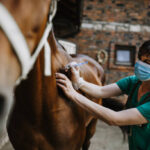




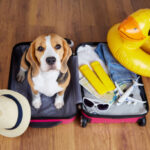
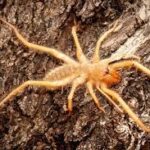
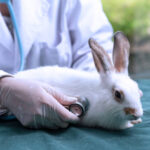
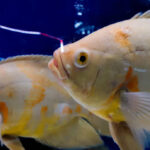


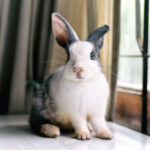


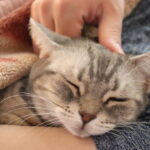







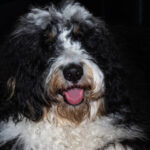





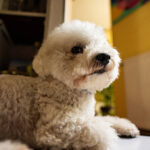



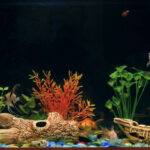
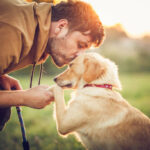














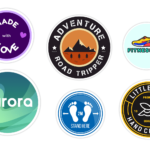
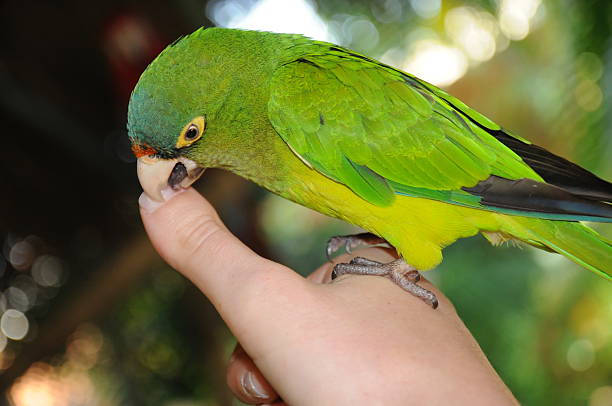

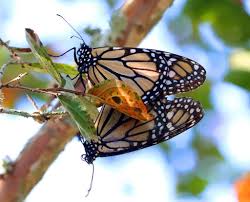

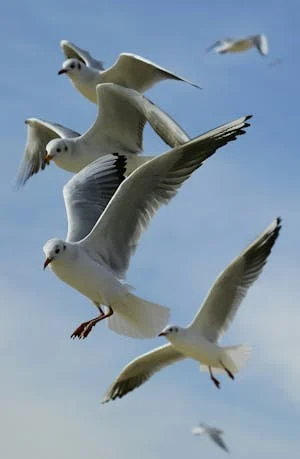
One thought on “How to Train Birds Not to Bite”